Have you ever witnessed the grace and power of a horse effortlessly gliding over a series of obstacles? This awe-inspiring display of athleticism and agility is a common sight in the world of equestrian sports. But what exactly is it called when horses jump over fences? In this article, we will delve into the fascinating world of horse jumping, exploring the terminology, techniques, and history behind this captivating equestrian discipline.
The Art of Jumping
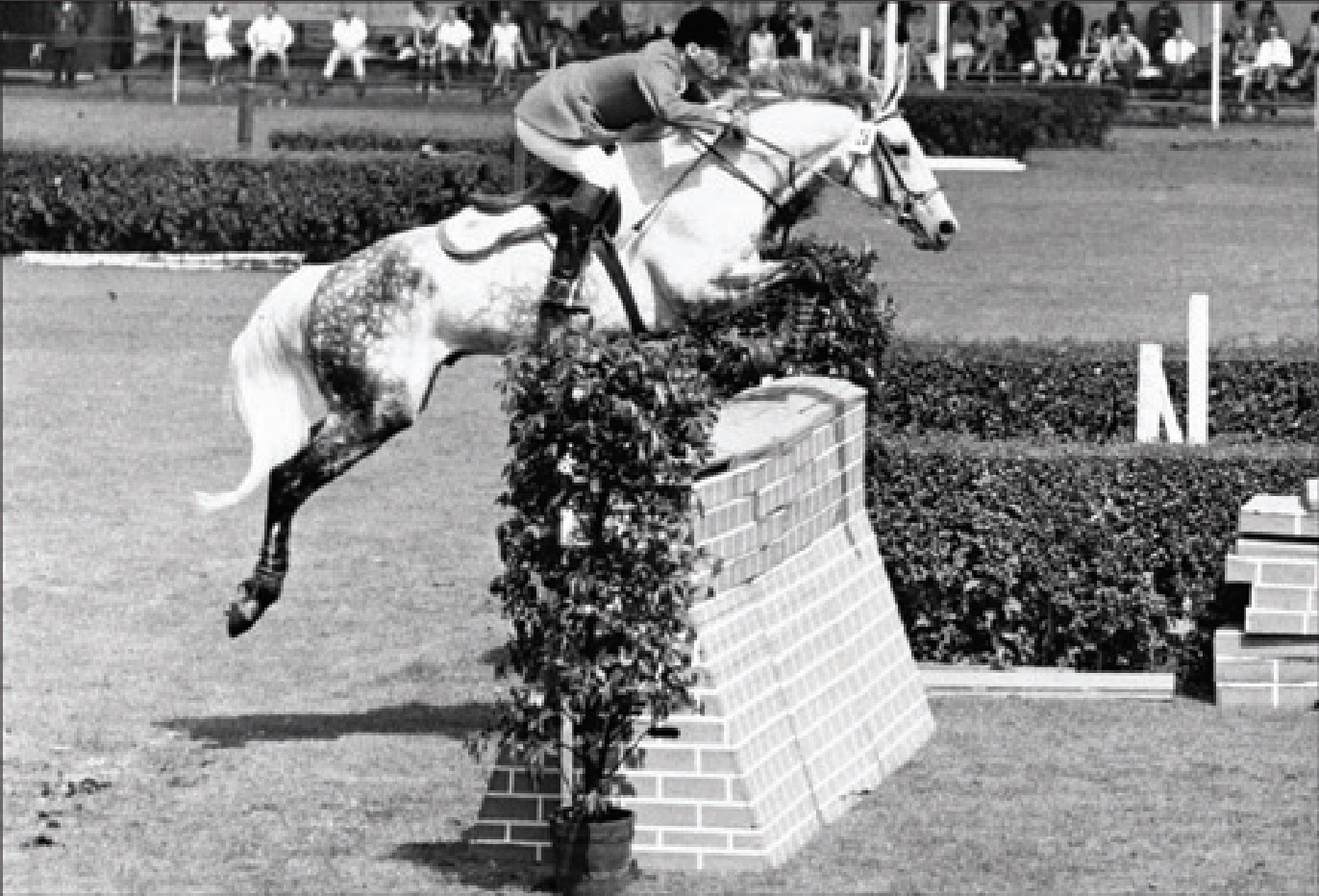
Jumping, or show jumping, is a popular equestrian sport that involves horses navigating a series of obstacles, typically fences and other barriers, within an enclosed arena or outdoor course. The primary objective is for the horse and rider to complete the course with the fewest penalties possible, which are incurred for knocking down obstacles or exceeding the time allowed. The sport requires a harmonious partnership between horse and rider, as well as a combination of precision, speed, and agility.
Types of Jumps
In the world of horse jumping, a variety of obstacles are used to test the skills of both horse and rider. These may include vertical jumps, which consist of a single, upright barrier; oxers, which feature two parallel jumps set at a specific distance apart; and combination jumps, where multiple obstacles are arranged in quick succession, testing the horse’s ability to adjust its stride and maintain momentum.
The Perfect Stride
Achieving the ideal “stride” is essential in successful jumping. A stride refers to the horse’s sequence of steps between each jump, and finding the right rhythm and length of stride is crucial for clearing obstacles with ease. A well-trained jumper will exhibit a fluid and efficient stride pattern, allowing for smooth takeoffs and landings over fences.
Equestrian Terminology

The act of horses jumping over fences is commonly referred to as “jumping,” “show jumping,” or “horse jumping” in the equestrian world. However, the formal term for this discipline is “show jumping,” which encompasses the competitive aspect of the sport. Show jumping events are held at various levels, from local competitions to international championships, and are governed by specific rules and regulations to ensure fair and safe competition.
The Role of the Course Designer
A crucial figure in the world of show jumping is the course designer, who is responsible for creating the layout and arrangement of obstacles within the arena or course. The course designer must consider factors such as the horse’s stride length, the technical difficulty of the jumps, and the overall flow of the course. By strategically placing obstacles and incorporating challenging combinations, the course designer tests the skills and athleticism of both horse and rider.
Jumping Styles
Different styles of jumping exist within the equestrian community, each with its own set of rules and characteristics. For example, in the discipline of hunter jumping, the emphasis is placed on the horse’s form, grace, and style over fences, while in show jumping, the focus is on speed and precision in completing the course. Additionally, eventing combines the elements of dressage, cross-country, and show jumping, creating a comprehensive test of the horse and rider’s abilities.
The History of Show Jumping
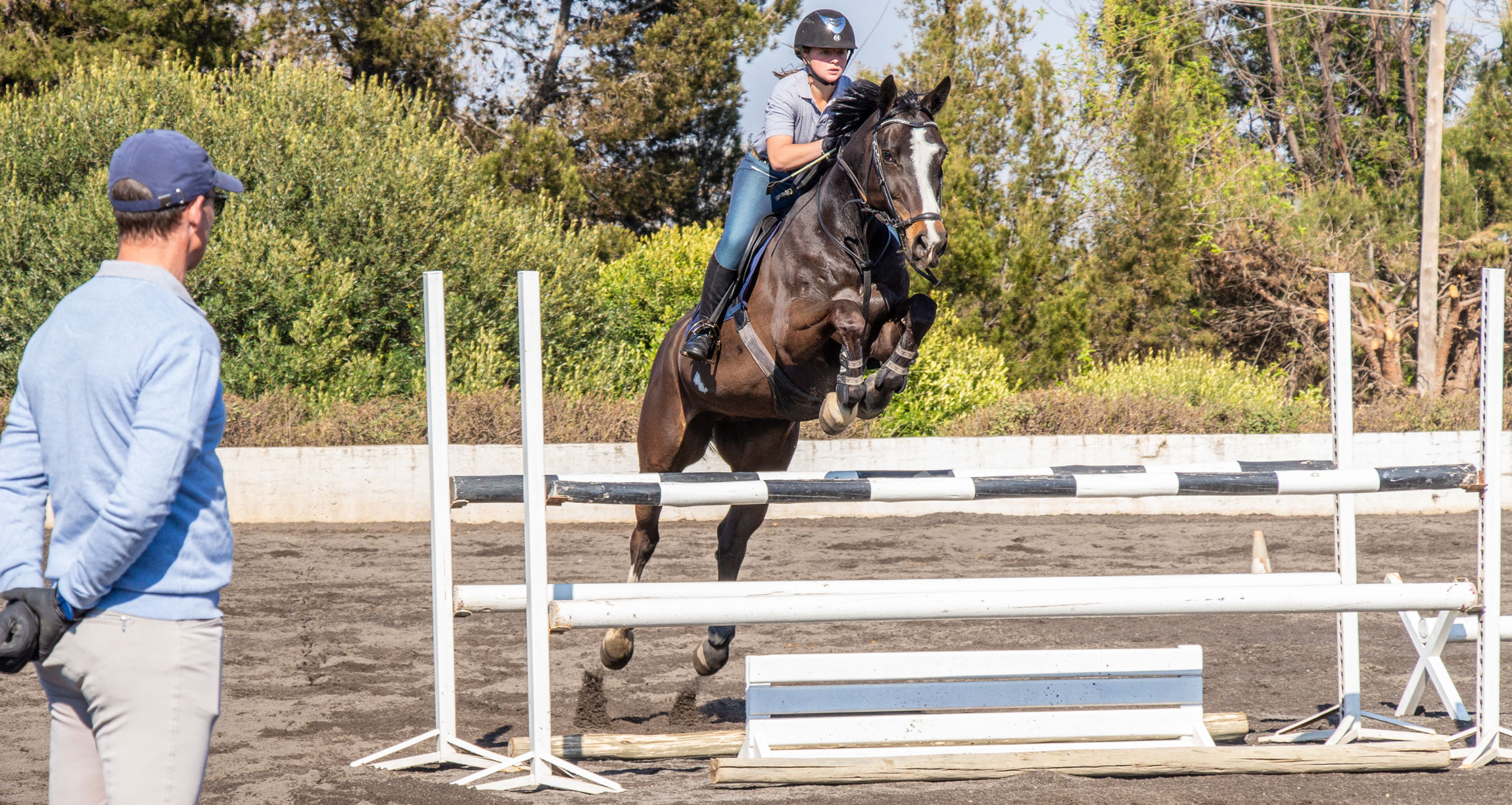
The origins of show jumping can be traced back to the military training of cavalry horses. In the 18th and 19th centuries, soldiers honed their horses’ agility and bravery by navigating them over various obstacles, preparing them for the challenges of warfare. Over time, the practice evolved into a formal sport, with the first recorded show jumping competition taking place in Dublin, Ireland, in 1868.
Evolution of the Sport
As show jumping gained popularity, it underwent significant evolution in terms of equipment, techniques, and competitive standards. The introduction of standardized obstacles, such as the modern-day jump standards and poles, brought a new level of consistency to the sport. Additionally, advancements in horsemanship and training methods have elevated the performance capabilities of both horses and riders, pushing the boundaries of what was once thought possible in the realm of jumping.
Global Appeal
Today, show jumping is a widely recognized and beloved equestrian discipline, with a dedicated following of enthusiasts and competitors around the world. It has become a staple event in prestigious equestrian competitions, including the Olympic Games and the FEI World Equestrian Games, showcasing the athleticism and beauty of horses in action.
The Bond Between Horse and Rider
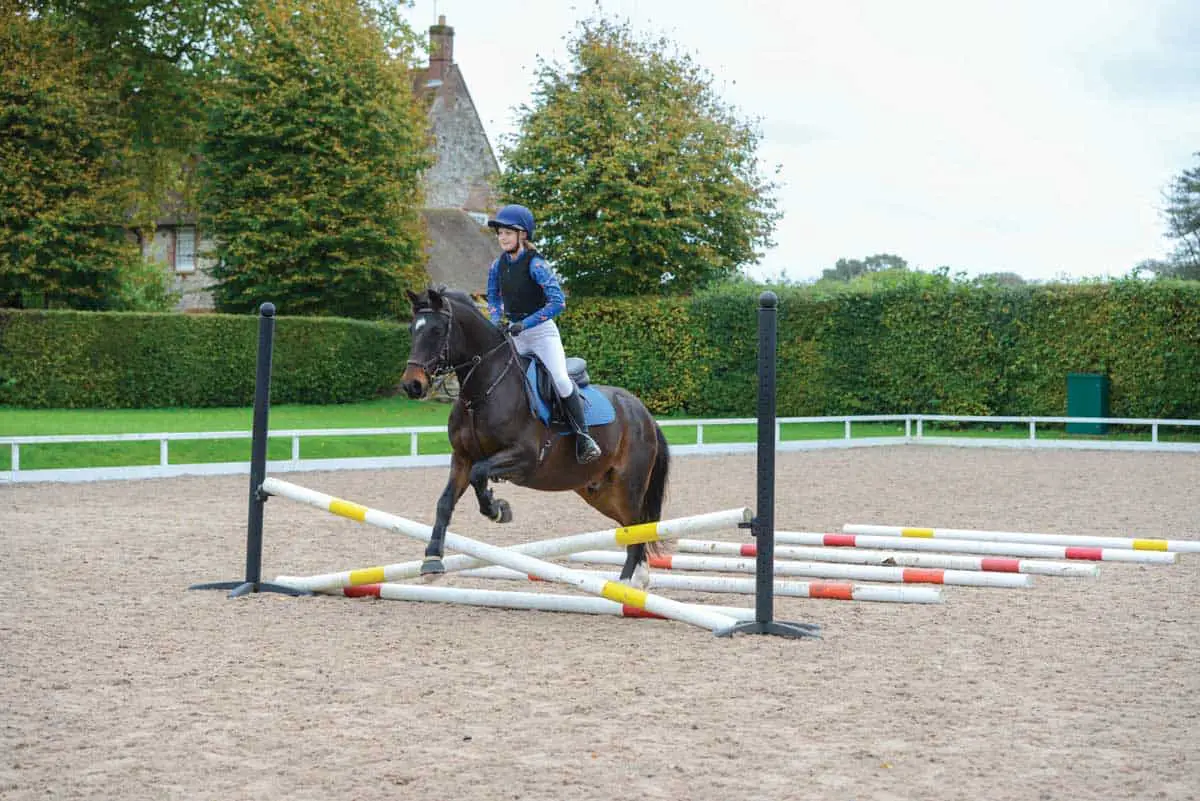
At the heart of show jumping is the profound connection between horse and rider. Successful jumping requires not only technical skill and athleticism but also trust, communication, and mutual respect between the two partners. Riders must be attuned to their horse’s movements, cues, and energy, while horses rely on their riders for guidance and support throughout the course.
Training and Preparation
Achieving mastery in show jumping demands rigorous training and preparation for both horse and rider. Training programs encompass a variety of exercises, including grid work, gymnastics, and course simulations, aimed at improving the horse’s jumping technique, strength, and agility. Riders also focus on developing their position, balance, and timing to effectively communicate with their equine counterparts.
The Mental Game
In addition to physical conditioning, the mental aspect of show jumping is equally critical. Horses must possess the courage and confidence to approach and clear challenging obstacles, while riders must maintain focus, composure, and strategic decision-making under pressure. Building a strong partnership based on trust and understanding is fundamental to overcoming the mental challenges of competitive jumping.
Challenges and Rewards
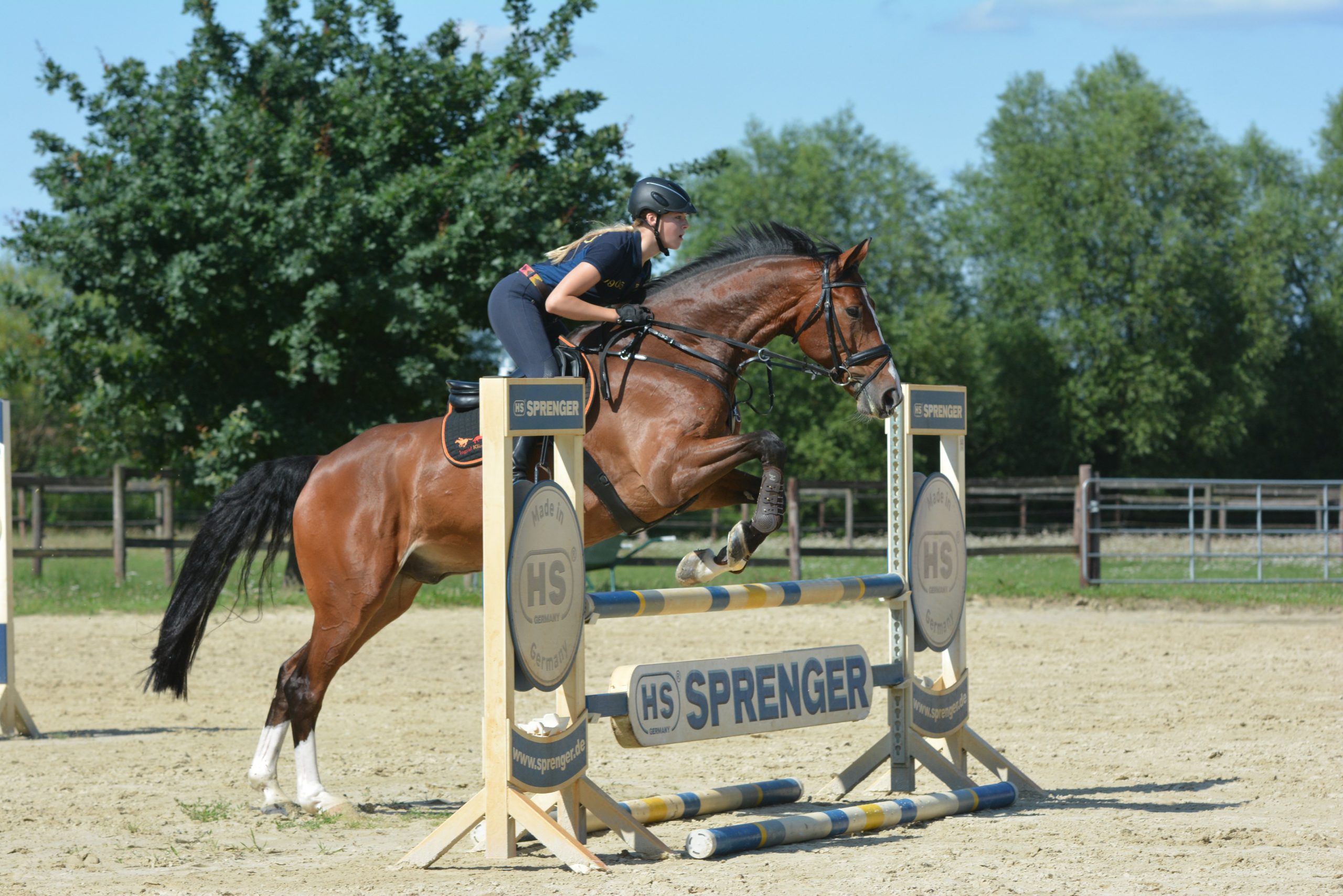
Show jumping presents a unique set of challenges and rewards for both horses and riders. The thrill of navigating a course of formidable obstacles, the adrenaline rush of a faultless round, and the sense of accomplishment from overcoming difficult challenges are just a few of the many rewards associated with the sport. However, the path to success is fraught with obstacles, both literal and figurative, and requires dedication, perseverance, and unwavering commitment from all involved.
Innovations and Advancements
The world of show jumping continues to evolve, with ongoing innovations and advancements shaping the future of the sport. From the development of state-of-the-art equipment and safety measures to advancements in training methodologies and horsemanship practices, the sport is constantly adapting and improving. Additionally, the growing global interest in equestrian sports has led to increased opportunities for competition, collaboration, and exposure within the industry.
Celebrating the Beauty of Equine Athletes
Above all, show jumping celebrates the extraordinary athleticism and beauty of the equine athlete. Whether gracefully clearing a towering obstacle or galloping through a challenging combination, horses captivate audiences with their strength, agility, and sheer determination. The sport serves as a testament to the deep bond between humans and horses, as well as the remarkable capabilities of these majestic animals.
Curious about horse behavior and symbolism? Explore our articles on horses bowing to you, horses licking you, and horses opening their mouths for a deeper understanding of equine communication and gestures.
Conclusion
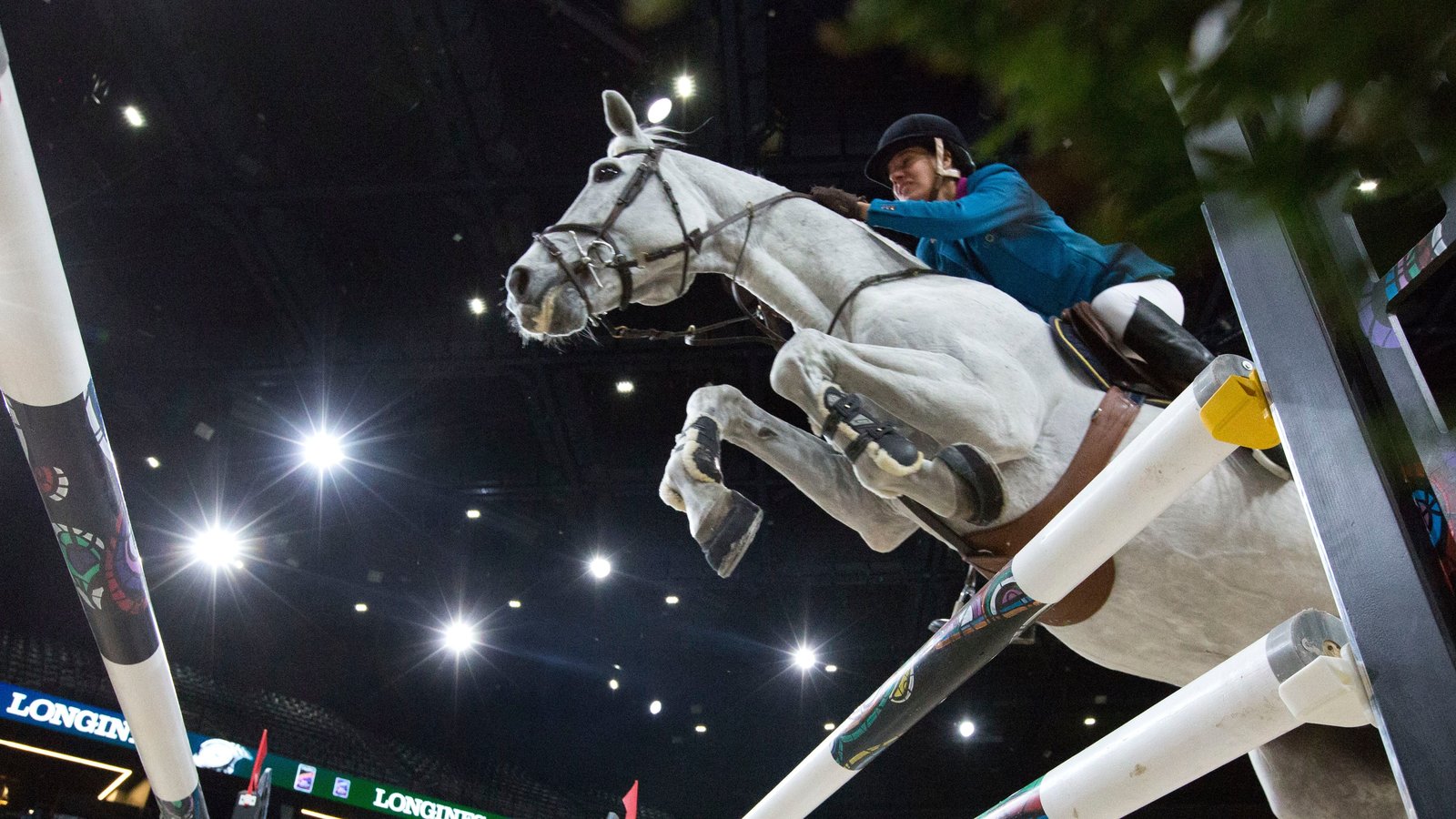
In conclusion, the act of horses jumping over fences is a captivating and dynamic display of athleticism, skill, and partnership between horse and rider. Show jumping, as it is formally known, has a rich history, global appeal, and a profound impact on the equestrian community. From the evolution of the sport to the dedication of those involved, show jumping continues to inspire and enthrall audiences worldwide. So, the next time you witness a horse gracefully soaring over a series of fences, you’ll have a deeper appreciation for the artistry and dedication behind this remarkable equestrian discipline.



